Storm Front by Billy Joel
Buy Storm Front With Storm Front, his eleventh overall studio album, Billy Joel made a concerted effort to radically change his approach on several levels. First, he discharged a few members of the […]
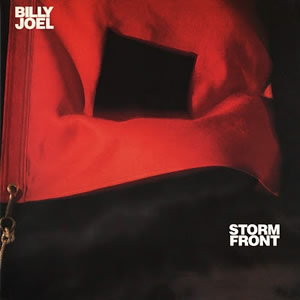
Buy Storm Front With Storm Front, his eleventh overall studio album, Billy Joel made a concerted effort to radically change his approach on several levels. First, he discharged a few members of the […]

Buy Steppenwolf Buy The Second Steppenwolf arrived on the rock scene like a storm in 1968 and released their first two albums, which produced their most indelible classics which persist to this day, […]

Buy Sports Huey Lewis and the News found their peak of commercial success with their third album, Sports. Released in the Autumn of 1983, the album topped the Billboard album charts the following […]
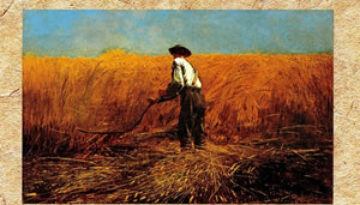
Buy Southern Accents Tom Petty & the Heartbreakers found a nice blend of mid-eighties pop and their traditional rock sound on 1985’s Southern Accents. This sixth album by the group (and first new […]
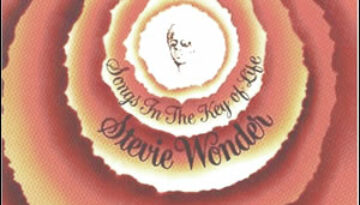
Buy Songs In the Key of Life The incredibly long and ambitious Songs In the Key of Life became the tour-de-force of Stevie Wonder‘s prolific seventies. The album consisted of two LPs plus […]
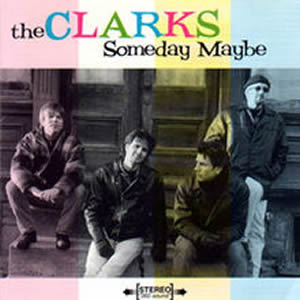
Buy Someday Maybe Although this group has had a long and fruitful career which continues to this day, The Clarks only had one major label release. The 1996 record Someday Maybe is a […]
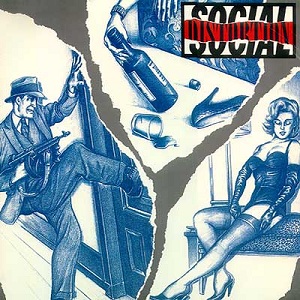
Buy Social Distortion After working for over a decade to refine their sound, Social Distortion finally got their opportunity for a major label release in 1990. Their third overall album, Social Distortion, displays […]
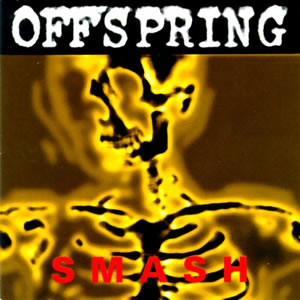
Buy Smash Often overlooked by their more lauded West Coast contemporaries, The Offspring were nonetheless a hard rock powerhouse in the mid to late nineties. Their aptly named breakthrough album, Smash, achieved platinum […]
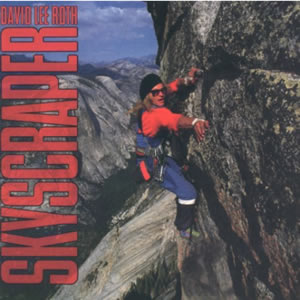
Buy Skyscraper David Lee Roth‘s second full-length solo album, the commercially successful Skyscraper, has had mixed critical response since it was released in 1988. This album, while continuing much of the same good-time-hard-rock […]
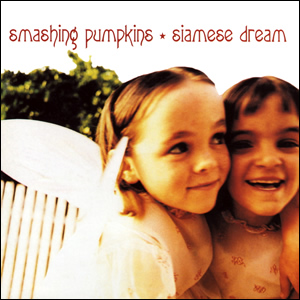
Buy Siamese Dream Building on the surprise success of their debut album Gish, the Smashing Pumpkins matured their blend of dream pop, heavy metal, and progressive rock on Siamese Dream, a blockbuster album […]